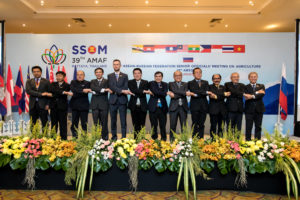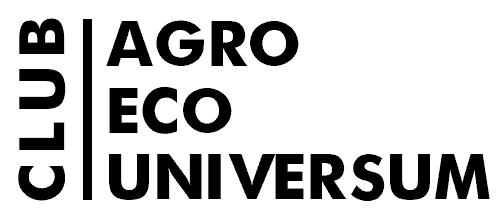Ecological Agenda in ASEAN countries

The Third ASEAN-Russian Federation Senior Officials’ Meeting On Agriculture 30 August 2018, Pattaya, Thailand
Political framework
In 2017 ASEAN turned 50 and within more than a half of a century it has successfully unified the member-states in a number of spheres. Ecology and sustainable development have also been among the most important points on the agenda for a long time. Even though the problems linked to ecology are pressing in the ASEAN region, the organization has still failed to fully implement political decisions into reality. The latest developments in intergovernmental process do give certain hope, though. Here are highlights from ASEAN ecological discussions.
At the moment, ASEAN cooperation on environment is guided by ASEAN Socio-Cultural Community (ASCC) Blueprint 2025, which is a part of ASEAN 2025: Forging Ahead Together program adopted by the ASEAN leaders in 2015 as a paper articulating the development of ASEAN community for a decade. The ASCC Blueprint envisions an “inclusive, sustainable, resilient, and dynamic” ASEAN community that can be achieved through four main pillars:
- Conservation and sustainable management of biodiversity and natural resources;
- Environmentally sustainable cities;
- Sustainable climate;
- Sustainable consumption and production;
The implementation of the ASCC Blueprint and ASEAN Strategic Plan on Environment (ASPEN) is overseen by regular ASEAN meetings and bodies: Ministerial meeting every two years, annual senior officials’ meetings, and seven working groups, which reflect seven strategic priorities of the ASPEN:
- Nature conservation and biodiversity;
- Coastal and marine environment;
- Water resources management;
- Environmentally sustainable cities;
- Climate change;
- Chemicals and waste;
- Environmental education and sustainable consumption and production.
ASEAN has developed a sound and effective informational platform on its environmental agenda, which provides news, relevant ASEAN publications and insights into ASEAN work: http://environment.asean.org
Haze pollution
One of the gravest ecological concerns in the ASEAN – haze pollution – still persists, even though the member-states tried to tackle it on the supranational level via several rounds of ASEAN meetings. The haze resulting from land and forest fires severely damages ecology in ASEAN region and requires a common approach to be resolved. In 2002, ASEAN member-states signed the ASEAN Agreement on Transboundary Haze Pollution (AATHP) and established the conference of the parties (COP) to the Agreement in 2003, which is to gather at least once a year. In 2016, the 12th Meeting of the COP adopted the Roadmap on ASEAN Cooperation towards Transboundary Haze Pollution Control with Means of Implementation. In addition, there are different sub-regional meetings on this matter. At the moment, ASEAN countries have jointly implemented various measures to monitor the problem and step up efforts of haze prevention. To further follow the haze problem in ASEAN region you can visit the website https://haze.asean.org/
State of Environment Report
Once in a while ASEAN Ministerial Meetings on Environment presents ASEAN State of Environment Report (SOER). It highlights the key challenges to the region’s ecology, and analyzes the trends and the state of the environment. In 2017, ASEAN published its 5th SOER, which claimed that CO2 emissions in the region were likely to rise by 61% from 2014 to 2025. Moreover, it detected massive deforestation and looming dangers to ASEAN biodiversity, which is the largest on Earth. It also demonstrated certain progress in most member-states in improving access to freshwater. At the moment, the 5th SOER is the main basis for ASEAN to design environmental policies.
ASEAN also addresses climate and environmental themes through a dialogue with its partners. In September, 2019, ASEAN held an Environmental Cooperation Forum with China but, as other formats, was limited to political proclamations and promises to boost the cooperation in that sphere.
